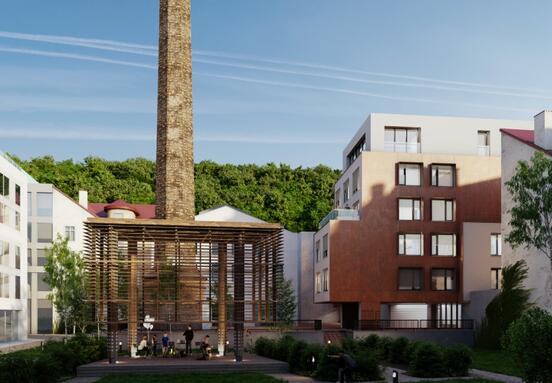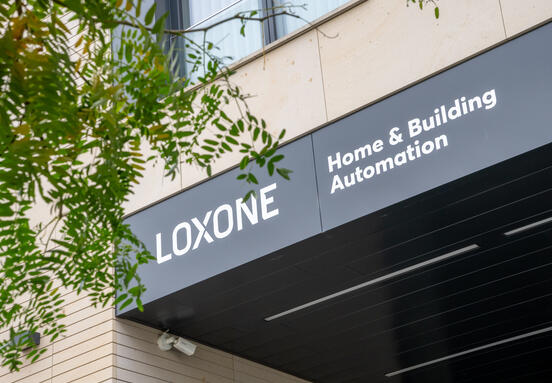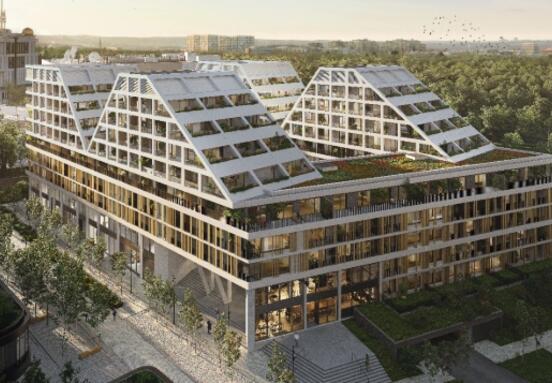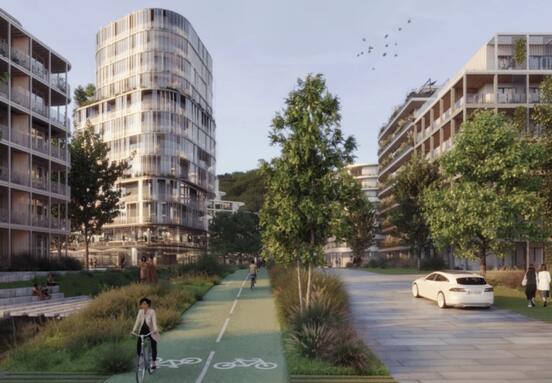A recent CBRE survey sheds light on a significant challenge facing European businesses: a persistent gap between desired and actual office attendance. This dynamic landscape demands a fresh approach to office space planning and utilization. For companies seeking to optimize their workspace and attract talent, understanding these trends is paramount.
The Office Attendance Reality in Europe
The survey, encompassing 117 European companies including those in the Czech Republic, reveals that while a substantial 54% of firms mandate office presence for at least three days per week, only 42% successfully achieve this target. This disparity is not going unnoticed; 47% of companies are actively planning strategies to increase office attendance, a notable rise from 31% last year. This highlights a clear commitment from businesses to enhance workplace presence and foster collaboration.
Sector-Specific Gaps and Emerging Challenges
The attendance gap is particularly pronounced in the financial services sector, where 61% of firms require employees to be in the office three or more days per week, yet only 32% actually meet this frequency. This sector-specific data underscores the need for tailored solutions. Simon Orr, head of tenant representation for office leasing at CBRE, describes a compelling paradox: "People don't want to come to half-empty offices, but their absence creates the emptiness they're avoiding." This insight points to the critical importance of creating vibrant, engaging environments.
Shifting Strategies: From Mandates to Motivation
Rather than relying on mandates, companies are increasingly focusing on positive motivation to encourage office attendance. A majority (53%) identify creating a dynamic and inspiring work environment as their biggest challenge. This means businesses are looking for office spaces that offer more than just desks – they seek environments that foster collaboration, innovation, and a sense of community. The technology, media, and telecommunications (TMT) sector offers a glimpse into successful strategies, with utilization on busiest days increasing from 61% to 69% as major tech companies adjusted their work-from-home policies.
The Future of Office Space: Flexibility and Efficiency
Current average weekly office utilization stands at 46%, peaking at 71% on busiest days. Looking ahead, companies are strategizing for greater flexibility. By 2027, they aim for flexible spaces to constitute 29% of their portfolio, an 8% increase from current levels. Helena Hemrova, head of office leasing at CBRE Czech Republic, notes, "Companies are transitioning to more flexible arrangements where more employees share fewer workstations. The traditional 'one person per desk' model is rapidly disappearing." This trend is supported by an increased focus on measurement, with 88% of companies now measuring workspace effectiveness, up from 60% last year.
What This Means for Your Business and Office Strategy
For businesses seeking new office space or evaluating existing ones, these findings are critical. The demand is not just for space, but for adaptable, inspiring, and efficient environments that encourage presence and productivity. When considering your next office lease, prioritize spaces that can be configured for flexible work, collaborative zones, and amenities that enhance the employee experience. Partnering with experts who understand these evolving dynamics can help you secure an office solution that not only meets your operational needs but also fosters a thriving workplace culture.
Source: property-forum.eu








